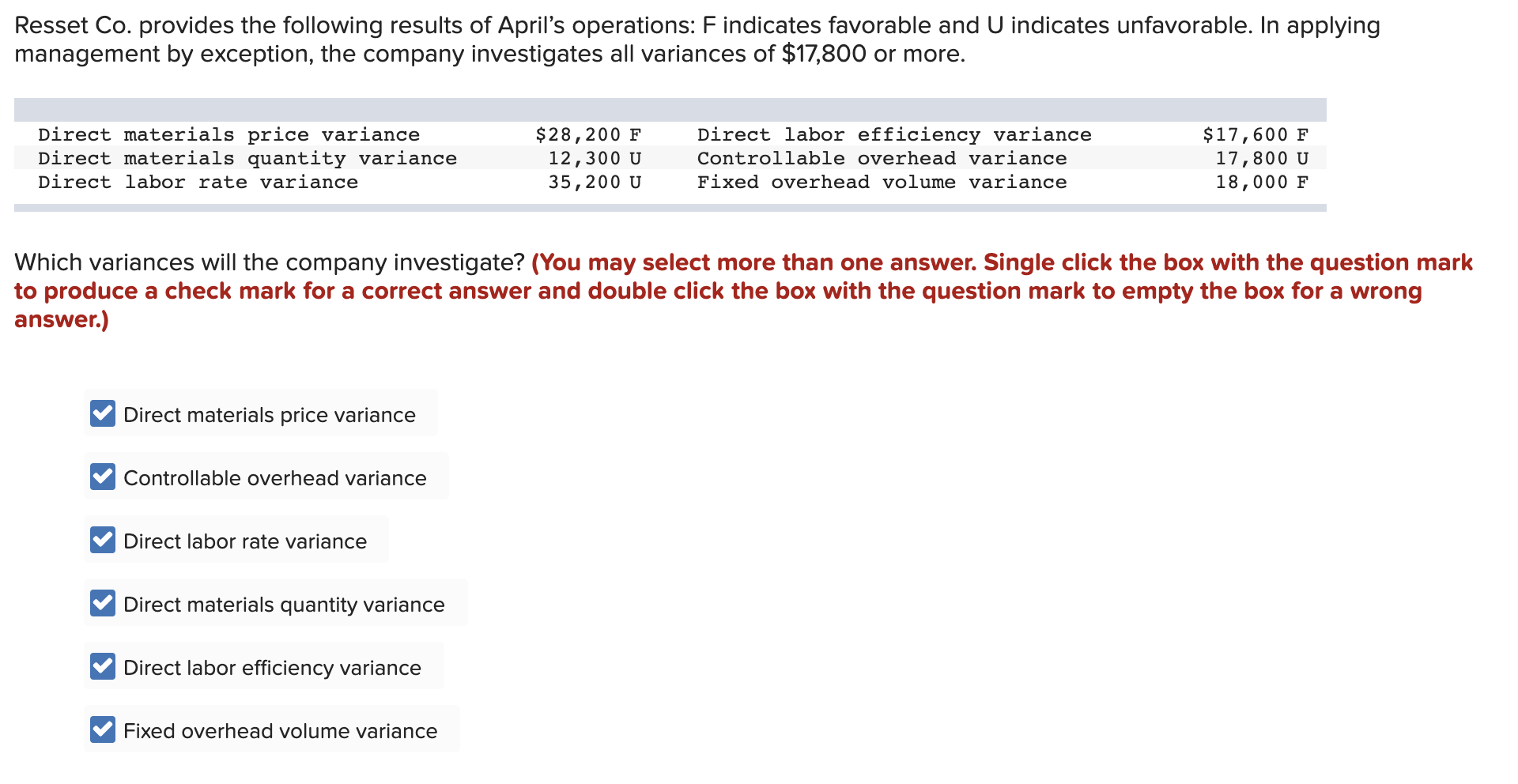Labor Efficiency Variance What It Is, Formula, Causes, Examples

Direct labor efficiency variance pertain to the difference arising from employing more labor hours than planned. Direct labor rate variance arise from the difference in actual pay rate of laborers versus what is budgeted. Actual labor costs may differ from budgeted costs due to differences in rate and efficiency. Labor hours used directly upon raw materials to transform them into finished products is known as direct labor.
How to Calculate Direct Labor Efficiency Variance
Direct labor includes wages plus employer-paid payroll taxes like Social Security and Medicare tax. Favorable variance means that the actual labor hours’ usage is less than the actual labor hour usage for a certain amount of production. Possible causes of an unfavorable efficiency variance include poorly trained workers, poor quality materials, faulty equipment, and poor supervision. Another important reason of an unfavorable labor efficiency variance may be insufficient demand for company’s products. Typically, the hours of labor employed are more likely to be under management’s control than the rates that are paid.
Get in Touch With a Financial Advisor
This team of experts helps Finance Strategists maintain the highest level of accuracy and professionalism possible. Our team of reviewers are established professionals with decades of experience in areas of personal finance and hold many advanced degrees and certifications. With real-time visibility, construction managers can make data-driven decisions that reduce labor inefficiencies and improve project timelines. There are several ways Direct Labor Mix Variance can be decreased, but these require training and maintenance of equipment and processes to ensure that they keep working efficiently and the workers need to be motivated. If this is not possible, the typical amount of time needed to make a good is increased to better reflect the degree of productivity. If the company fails to control the efficiency of labor, then it becomes very difficult for the company to survive in the market.

Causes of direct labor rate variance
This formula gives you a clear picture of how much the actual labor usage deviated from the budgeted amount. A positive result indicates greater efficiency (i.e., less time was needed), while a negative result highlights inefficiencies (more time was used than planned). Direct Labor Mix Variance can be used to make a product more cost-efficient, less wasteful of resources, and save time during production. Calculating DLYV can help organizations better control their labor costs, optimize production processes, and improve overall profitability. It also provides insights into the effectiveness of human resource management initiatives.
- Direct Labor Mix Variance typically occurs when the actual labor mix used in production is different from what was budgeted or anticipated.
- Companies typically try to lock in a standard price per unit for raw materials, but sometimes suppliers raise prices due to inflation, a shortage or increasing business costs.
- For the past 52 years, Harold Averkamp (CPA, MBA) hasworked as an accounting supervisor, manager, consultant, university instructor, and innovator in teaching accounting online.
- Its core function lies in quantifying this difference, providing insight into whether a business optimally leverages its labor force.
- In order to keep the overall direct labor cost inline with standards while maintaining the output quality, it is much important to assign right tasks to right workers.
- For proper financial measurement, the variance is normally expressed in dollars rather than hours.
Hitech manufacturing company is highly labor intensive and uses standard costing system. To estimate how the combination of wages and hours affects total costs, compute the total direct labor variance. As with direct materials, the price and quantity variances add up to the total direct labor variance.
This includes work performed by factory workers and machine operators that are directly related to the conversion of raw materials into finished products. Companies can reduce Direct Labor Mix Variance by more accurately predicting labor needs, using flexible staffing solutions, and making use of labor-saving technology. Additionally, it is important to ensure that labor costs are monitored and managed effectively. The labor efficiency variance assesses the capacity to use labor in accordance with expectations.
A decrease in labor productivity is indicated by a negative variance, whereas an increase is shown by a positive variance. Calculating DLYV is important to assess the productivity of labor and identify areas where operational efficiency can be improved. Note that in contrast to direct labor, indirect labor consists of work that is not directly related to transforming the materials into finished goods.
An unfavorable labor efficiency variance signifies that more labor hours were expended than the predetermined standard for the production achieved. It indicates decreased efficiency, where the actual hours surpass the anticipated ones, potentially leading to higher labor costs and inefficiencies within the production process. On the other hand, if workers take an amount of time that is more than do i need a lawyer accountant for creating an llc the amount of time allowed by standards, the variance is known as unfavorable direct labor efficiency variance. Labor rate variance measures the difference between the actual and standard labor rates, highlighting cost fluctuations due to wage variations. On the other hand, LEV gauges the variance arising from differences in actual and standard hours worked, focusing on productivity changes.
The articles and research support materials available on this site are educational and are not intended to be investment or tax advice. All such information is provided solely for convenience purposes only and all users thereof should be guided accordingly. The more Direct Labor Mix Variance is decreased, the less wasted resources are on production, and the better chance there is that products will be produced within their optimal amount of time. Direct Labor Mix Variance is defined as the difference between the exact amount of labor needed to manufacture a product and the actual amount of labor used for that product. Someone on our team will connect you with a financial professional in our network holding the correct designation and expertise.
